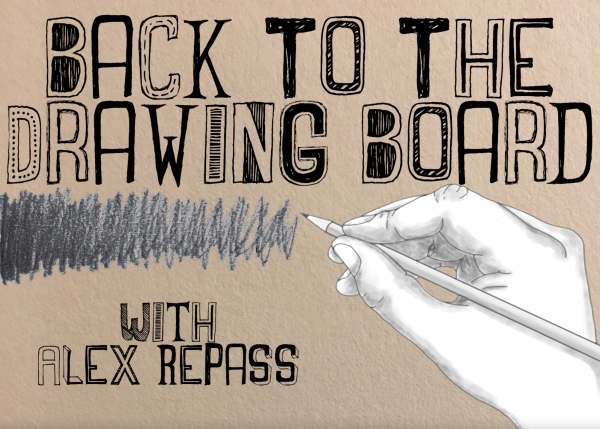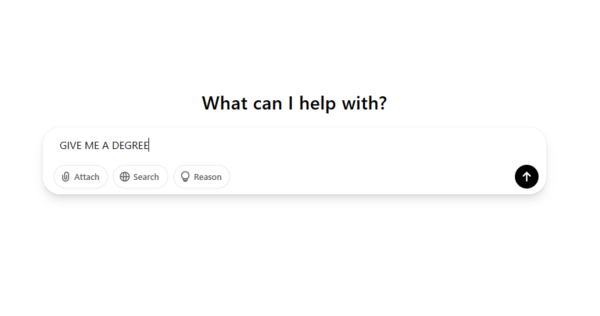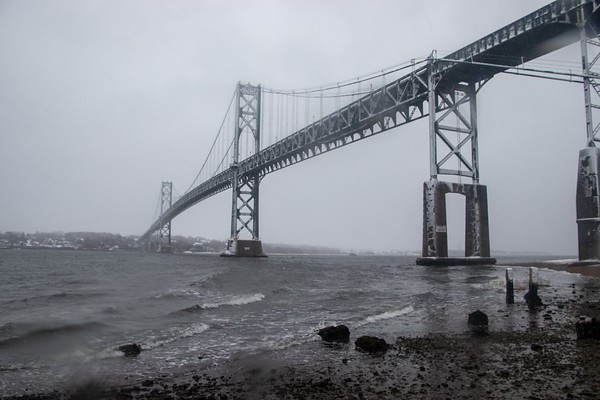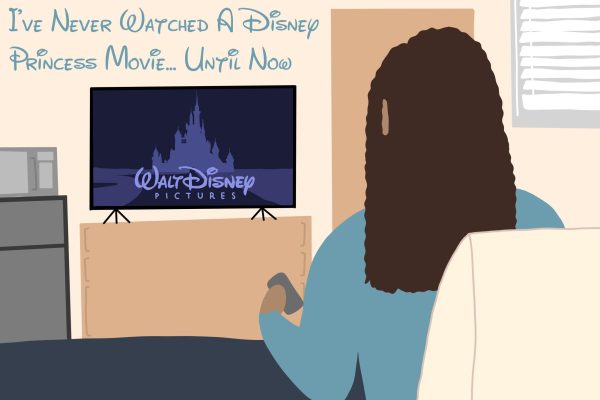Diagnosing America’s National Anthem: Exploring the historical context of “The Star-Spangled Banner”
Football, one of America’s favorite pastimes. The bitter rivalries between teams, Sunday tailgates with friends, and the escape from all the gritty news and politics of the week. This televised safe haven no longer serves as a refuge from the nightmare of Washington politics; the ongoing controversy of certain player’s decisions to kneel during the anthem seems like yet another issue to divide Americans.
The president of the United States has called these protestors “Sonofabitches” and requested that they be fired for taking a knee. The vice president walked out of a Colts game after a number of players took a knee during the anthem. With all of the recent controversy surrounding the NFL and the players’ decisions to kneel, I thought I would take some time to inform my fellow students on the history of our country’s national anthem.
Nearly every “true American” knows our national anthem. The signature line “the land of the free, and the home of the brave” echoes throughout nearly every competition, athletic or otherwise. From tee-ball games to championships at Fenway, performers pour out their patriotic spirit into this iconic song. Fewer Americans, however, know of the interesting history behind the song as American as apple pie, Bud Light, and Ford trucks.
During the War of 1812, or the Forgotten War as it’s called for a good reason, the British invading forces were on what seemed like the path to victory. The invading forces had just burned Washington, D.C to the ground, including the Capitol, the White House, and the Treasury, among other buildings. After this crushing defeat, the British moved on to take Baltimore. The United States eastern seaboard was entirely vulnerable to British attack.
In the early morning of Sept. 13, the British blockade of Chesapeake Bay began to bombard the fort with mortars and rockets. Francis Scott Key was aboard a British vessel to negotiate the release of a friend who was taken into custody by British soldiers. Key was able to negotiate the successful release of the prisoner, but the British refused to let them leave until their impending attack was carried out. When the smoke dissipated after the battle, the American Flag remained flying over the fort. The garrison was able to weather the fierce bombardment by the British navy. The sight of the flag over the fort was what inspired Francis Scott Key to write “The Star Spangled Banner.”
What most people do not know about the National Anthem was that it is considerably longer than the single verse they usually sing. The “dawns early light” first verse is just scratching the surface of this iconic song. The actual song is four verses total and contains a few points worth addressing. Verse three of this anthem makes reference to the invaders that have been attacking the United States. Key poetically writes,
“And where is that band who so vauntingly swore,
That the havoc of war and the confusion of the battle
A home and a Country should leave us no more?
Their blood has washed out their foul footsteps pollution.
No refuge could save the hireling and slave From the terror of flight or the
gloom of the grave,
And the star-spangled banner in triumph doth wave over the land of the free
and the home of the brave.”
Some context on the verse above: During the War of 1812, the British Empire was militarily strained. The British Navy was currently battling Napoleon Bonaparte in France, whose empire showed no signs of ceasing to expand. The crown could simply not afford to send a large force of troops to North America.
To alleviate for the lack of soldiers, the crown hired mercenaries. Additionally, the British attempted to recruit American slaves to the British Navy during the war in exchange for their freedom. Thousands of American slaves joined the British Navy and fought against the United States for the length of the war. A total of nearly 4,000 were freed from slavery and served under the British crown, forming into regiments called The Colonial Marines. These companies of marines took part in the burning of Washington and the Battle of Baltimore.
Americans hated and feared the ideas of slaves rising up and fighting against “their homeland.” Francis Scott Key, an American soldier and a strict anti-abolitionist at the time, despised these “traitors.” The line in verse three of the Star Spangled Banner reflects his hatred for the liberated slaves who fought against the Union soldiers and mercenaries the British hired from Germany. Some historians argue that when Key refers to “hirelings and slaves” he was referring the British practice of impressing sailors into service, but the true meaning of the song is without definite knowledge.
This brings me to my conclusion: When I choose to write about the National Anthem, I did not want to take a side on this controversial issue. Many believe the players have a right to protest by taking a knee during the
anthem. Other think that players should stand for the anthem and that by refusing to stand, the players are disrespecting the military. I simply want to point out the greater historical context of our country’s national anthem. I am and always will be an advocate for looking back on history to give us a greater understanding of the present. We all should recognize that the anthem and the flag mean different things to different people. To some, it represents the military who fights for our freedoms, to others it supports systemic police violence against minorities. To me, it is simply a patriotic song written in 1814.





